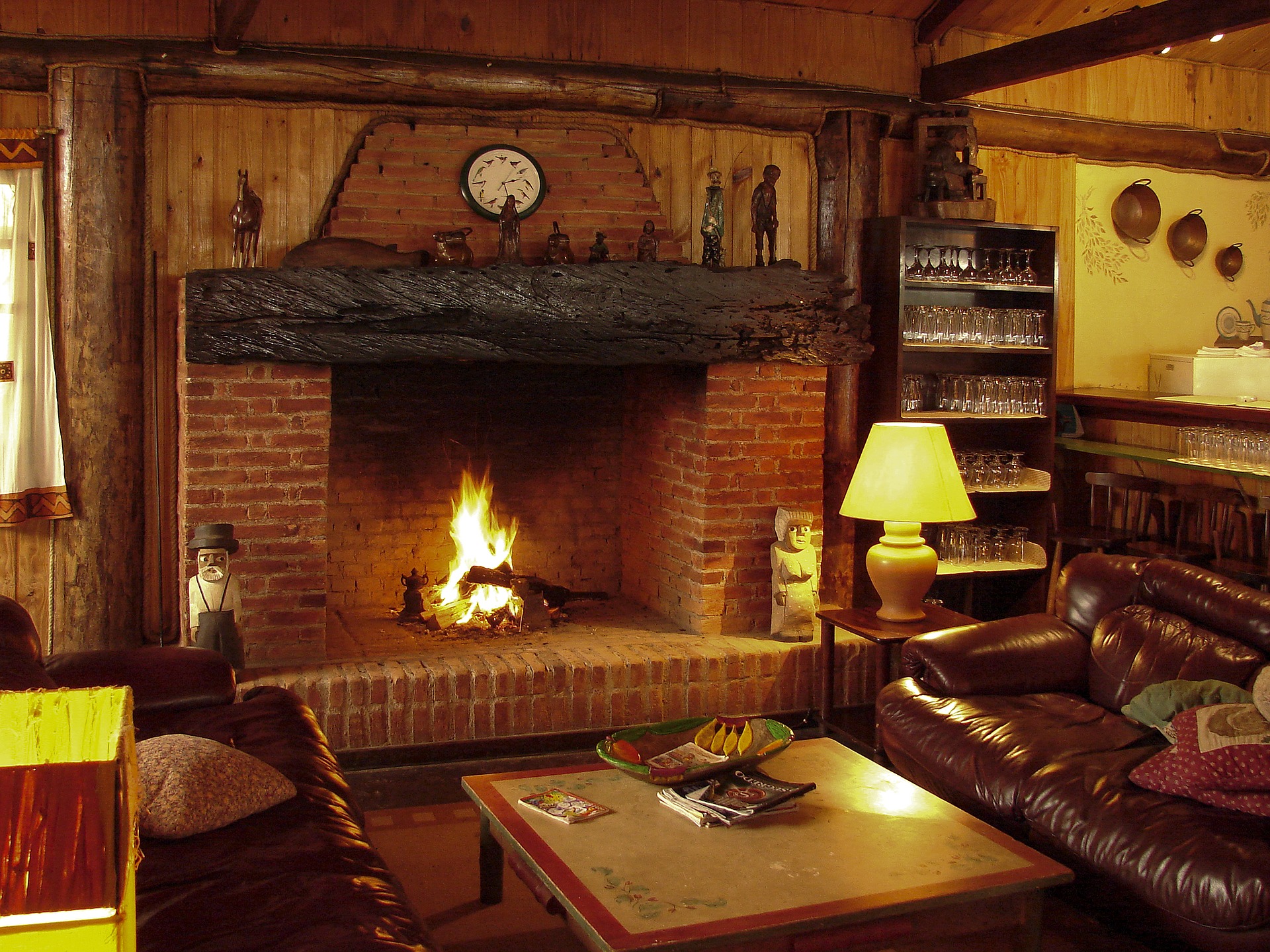
Fitting Your Own Garden Gate: A Quick Guide
Embarking on a DIY project like fitting your own garden gate can be a rewarding endeavour, blending physical activity with a tangible outcome that enhances the aesthetic and security of your home. Wooden gates, in particular, offer a classic and versatile option, adaptable to various styles and settings. For those seeking bespoke solutions, made to measure wooden gates provide a plethora of options tailored to your specific needs.
Why Opt for a Wooden Garden Gate?
Aesthetic Appeal
Wooden gates exude a timeless charm, offering a warm and inviting entrance to your garden. They can be crafted into various designs, from rustic and traditional to sleek and modern, ensuring a seamless blend with your property’s aesthetic.
Customisation
Wood allows for extensive customisation. From different types of wood like oak, pine, or cedar to various finishes such as paint or stain, the possibilities are vast. Additionally, wooden gates can be easily modified or repaired, ensuring longevity and sustained aesthetic appeal.
Environmental Considerations
Wood is a renewable resource, and by choosing sustainably sourced timber, you contribute to environmentally responsible consumption, ensuring your garden gate not only looks good but also does good.
Tools and Materials Needed
Ensuring you have the right tools and materials from the outset will facilitate a smooth installation process. Beyond the basics listed in the previous section, consider additional items like safety gloves, goggles, and a dust mask, especially when sawing or painting.
Step 1: Measure and Plan
Detailed Measurements
Accurate measurements are crucial. Measure the width and height of the gate opening, considering any ground unevenness. Ensure that the gate will have enough clearance to swing open freely, and remember to account for the space needed for hinges and latches.
Design Considerations
When choosing a design, think about the overall look, privacy, and security. Do you want a solid gate for maximum privacy, or a semi-open design that allows for visibility? Consider integrating elements like trellises for climbing plants to enhance your garden’s greenery.
Step 2: Preparing the Area
Site Preparation
Ensure the area is free from obstructions and that the ground where the gate will swing is level. If adjustments to the terrain are needed, address these before proceeding with the installation. If there is a lot of waste created from preparing the site, you may need to consider specialist construction waste management to easily remove of it. Obviously, if there is not a lot you may be able to dispose of it yourself, but if there is a lot this would be worth looking into.
Post Installation
When installing posts, use a spirit level to ensure they are perfectly vertical. The depth of the post holes should be approximately one-third of the post’s height above ground to ensure stability, and adding a layer of gravel at the bottom of the hole will aid drainage and prevent rot.
Step 3: Installing the Gate
Hinge and Latch Placement
Ensure hinges are placed at a height that distributes the gate’s weight evenly. The upper hinge should be attached close to the top of the gate, while the lower hinge should be positioned near the bottom. The latch should be placed at a comfortable height and in a location that ensures secure closure.
Gate Alignment
When hanging the gate, double-check its alignment with the fence or wall. Ensure it is level and swings smoothly without scraping the ground or any adjacent structures.
Step 4: Finishing Touches
Protective Finishes
Applying a protective finish, such as paint or stain, will shield your gate from the elements, preventing warping, rot, and infestation. Choose a product designed for outdoor use and consider UV-resistant options to prevent colour fading.
Decorative Elements
Consider adding decorative elements like metalwork, carved wood, or even integrating a customised sign with your house name or number.
Step 5: Admire Your Handiwork
Take a moment to appreciate your craftsmanship. Your new gate is not merely a functional addition but a testament to your DIY capabilities.
Customisation and Personal Touches
Integrating Nature
Consider intertwining your gate design with the natural elements of your garden. Climbing plants, such as ivy or roses, can be encouraged to grow around and through your gate, creating a living piece of art that evolves with the seasons. Ensure that any plants used in this way are pruned regularly to prevent them from interfering with the gate’s functionality.
Lighting
Incorporate lighting to enhance visibility and add a welcoming glow to your entrance. Solar-powered lights can be an eco-friendly option, illuminating your gate without additional energy costs. Consider placing lights along the pathway leading to the gate, or even installing fixtures directly onto the gate, ensuring safe and secure access during the evening hours.
Security Enhancements
While a gate adds a layer of security to your property, additional features can further bolster this. Consider installing a lockable latch or integrating smart security features, such as cameras or motion sensors, to keep your home and garden secure.
Troubleshooting Common Issues
Squeaky Hinges
Persistent use and exposure to the elements can lead to squeaky hinges. Regularly apply a lubricant, such as WD-40, to keep them operating smoothly and quietly.
Sticking Gate
If your gate begins to stick or struggles to close, check for any shifts in your posts or obstructions in the path of the gate. Addressing these issues promptly will prevent further damage and maintain easy access to your garden.
Weather-Related Concerns
Wooden gates can be susceptible to weather-related issues, such as swelling during wet seasons. Ensure your gate is adequately treated with a weatherproof finish and adjust fittings as needed to accommodate any changes in the wood.
Safety Considerations
Child and Pet Safety
Ensure that your gate is safe for all members of the family, including children and pets. Check for any gaps or openings that small animals could squeeze through and ensure that any locks or latches are secure to prevent unintended escapes.
Weight Management
Ensure that your posts and hinges can adequately support the weight of your gate. A gate that is too heavy can pose a risk of injury and damage to your property. If you find your gate is sagging or difficult to operate, additional supports or adjustments may be needed.
Note: Always adhere to local regulations and guidelines when undertaking construction projects and ensure that all installations comply with safety standards.
Maintenance and Longevity
Regular Checks
Periodically inspect your gate for signs of wear and tear. Tighten any loose screws and bolts, and ensure the hinges and latch are functioning smoothly.
Weatherproofing
Reapply protective finishes as needed to maintain the gate’s appearance and durability. Pay attention to any areas that may be particularly exposed to weather conditions.
Addressing Damage
Tackle any damage promptly. Small issues like minor rot or a loose hinge can quickly escalate if left unattended.
Final Thoughts
The installation of a garden gate is more than a weekend project; it’s an investment into the aesthetic and security of your home. By selecting quality materials and dedicating time to careful installation and ongoing maintenance, your gate will serve as a functional and beautiful addition to your property for years to come.
Remember that while DIY projects can be immensely satisfying and cost-effective, it’s crucial to know when to seek professional advice. If you encounter challenges during your installation, or if you’re dealing with complex features such as sloping ground or large gates, consulting with a professional can ensure that your gate is installed safely and securely.
In conclusion, your garden gate stands as the entryway to your outdoor sanctuary. Whether it’s a simple side gate or a grand entrance, your gate is a statement of your style and the care you invest into your home. May it stand sturdy and welcoming, greeting you and your guests with the promise of the tranquil garden that lies beyond.
Until next time.
Note: This guide provides a general overview. Always refer to specific product instructions and consult with professionals as needed to ensure safe and secure installation.




